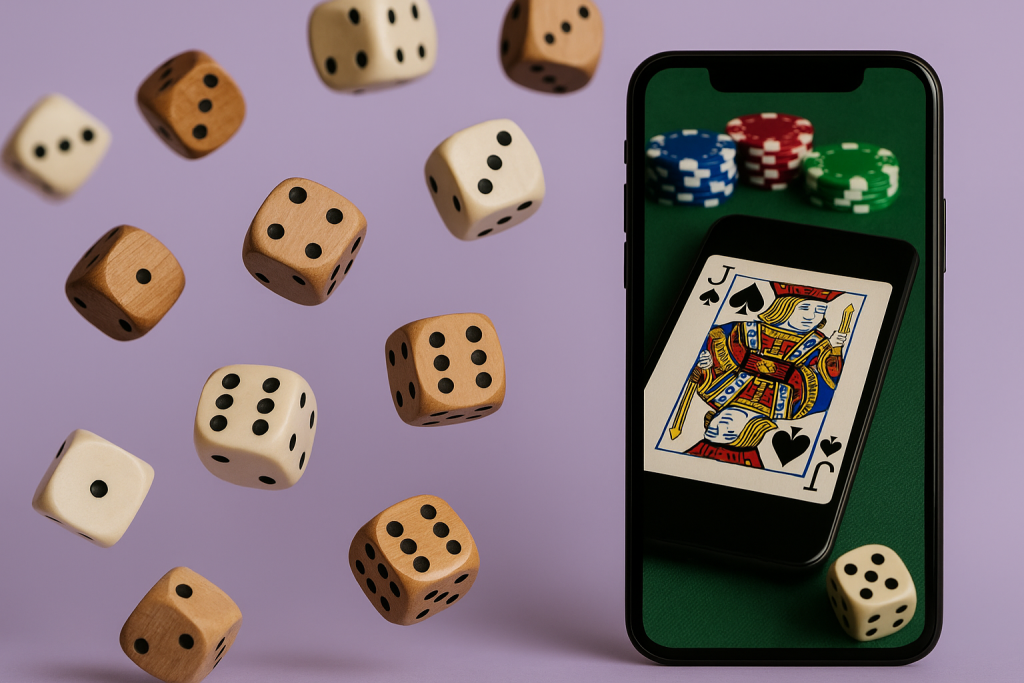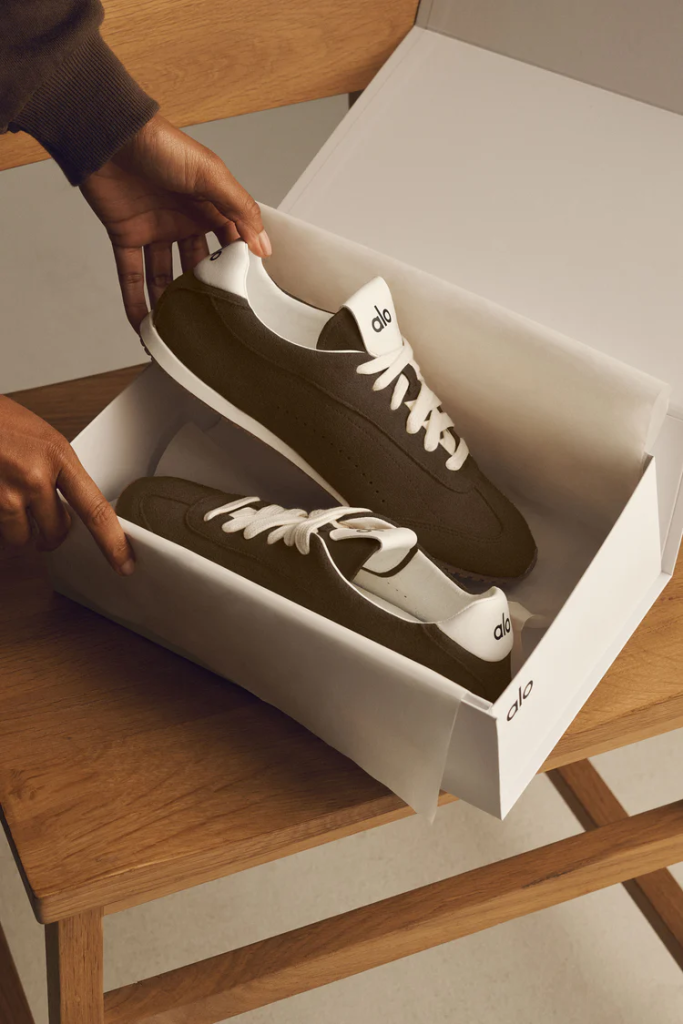Working with influencers works for a simple reason: people trust people. In Famesters’ latest research, 84.8% of brands say influencer marketing is effective, and 83.8% say it brings in higher-quality customers than other channels. So this guide focuses on practical, low-friction ways to team up with creators to help you use this channel for maximum profit — and on the basics that make those partnerships pay off. You’ll see where each approach fits (from quick tests to long-term partnerships), what to watch out for, and what KPIs to measure.
TL;DR
- Ten practical options: giveaways, gifting, affiliate, sponsored posts, ambassadors, UGC, takeovers, events, product collabs, and a podcast/interview series.
- Keep the basics tight: clear offer, short brief, unique link/code, fast landing page, and rights to reuse the best content.
- Match formats to goals and timeline; you can mix them in one campaign.
- Measure what fits each format (e.g., follower retention after giveaways, traffic/sales from links or codes, content you can republish, plays/listen time for podcasts).
- Review results regularly and adjust the format, offer, or creator fit based on what you see.
Giveaways and Contests
Giveaways are a simple way to spark attention and bring new people into your audience. In a large study of 60,000 Instagram posts, it was found that accounts running contests grew followers about 70% faster than those that didn’t.
When it makes sense:
- Kick-start a new product launch or seasonal push.
- Collect emails (pair entries with a signup form).
- Reward loyal followers with something they actually want.
How to run it (short and clean):
- Prize: relevant to your audience, not just “expensive.”
- Entry: one or two simple actions (e.g., comment + follow).
- Timing: set a clear start and end, then announce the winner publicly.
- Tracking: use a unique link or code to see what happens after the buzz.
What to measure:
- Quality, not just entries: comments from real accounts, email signups, site visits, and sales that use your link or code.
- After the giveaway: check how many new followers stay and how many become customers.
Product Seeding/gifting
Sending influencers your product is a simple way to get real reactions and useful content. It works best when the item is relevant, easy to try, and the task is clear: test it, share an honest view, and disclose the gift.
When it makes sense:
- Early feedback and on-camera use.
- First looks for a launch.
- Building a pool for future paid work.
How to run it:
- Choose creators who already like similar products.
- Keep the brief light; include everything needed to test.
- Add a unique link or code to track impact.
What to measure:
- Reusable assets you get (and usage rights).
- Traffic and sales via the creator’s link or code.
- Saves, shares, and comments that mention the product.
Affiliate Marketing
Affiliate partnerships pay an influencer a commission on sales or leads tracked via a unique link or code. It’s simple to start, easy to measure, and works best when the creator already covers your kind of product.
When it makes sense:
- You want sales/sign-ups you can trace to a creator.
- You need a low-risk test before bigger spends.
- You’re formalizing organic mentions.
How to run it:
- Give each creator a unique link or code and a matching landing page.
- Share basics only: fit, price, key benefits.
- Check clicks, conversions, average order value, and refunds weekly.
What to measure:
- Click-to-purchase rate, code use, new vs. returning buyers.
- Revenue, commission cost, net margin after returns.
- Saves/shares/comments that mention the product.
Sponsored Posts
A sponsored post is when an influencer is paid to feature your product on their channel. It’s direct, fast to launch, and works best when the audience already matches yours.
When it makes sense:
- You need quick reach for a launch or offer.
- You want a clear message in the creator’s own style.
- You plan to reuse the content (with rights agreed).
How to run it:
- Pick fit over size; check past content and audience.
- Give a simple brief (what to show, key points, link/code).
- Set tracking (UTM link or unique code) and a posting window.
- Confirm how long and where you can repost or run as ads.
What to measure:
- Reach/views, click-through, code use or sales.
- Saves, shares, and relevant comments.
- Cost vs. results and the value of content you can reuse.
Brand Ambassador Program
An ambassador program is a long-term partnership with a creator who uses your product and talks about it regularly. It works when there’s real fit and you want steady coverage, not one-off spikes. Note that 63.2% of brands already prefer to work with the same influencers over and over again rather than search for someone for just one post, and the number grows.

When it makes sense:
- You want repeated mentions over months, not just a single post.
- You need content you can reuse across your site, ads, and email (with rights agreed).
- You value trust and consistency over short bursts of reach.
How to run it:
- Pick creators who already like similar products and share your values.
- Keep a simple plan: posting cadence, key moments (launches, seasons), and what “good” looks like.
- Give a unique link or code and a landing page that matches their audience.
- Review results on a regular rhythm and adjust together.
What to measure:
- Steady actions over time: clicks, sign-ups, sales from the creator’s link or code.
- Content value: how often you can reuse their posts (and for how long, based on your rights).
- Audience signals that build trust: saves, shares, and comments from real people.
User-Generated Content
UGC is content made by your customers or community that you can feature on your site, ads, or social channels. They become influencers among their friends and family even if they don’t have large followings on social media. Ask for it the right way and make sure you have permission to reuse it.
When it makes sense:
- You want fresh product shots, demos, or quick reviews you can republish (with rights).
- You’re launching and need social proof from real buyers.
- You’re running a hashtag challenge or review drive.
How to run it:
- Make the ask simple: share a photo or clip, tag you, and use a hashtag.
- Get permission to reuse each piece of content; credit the creator. Platforms don’t grant you reuse rights by default.
- Keep tracking tight with a unique link or code in your bio or reply.
What to measure:
- Number of usable assets (and how long your reuse rights last).
- Saves, shares, comments that mention the product.
- Clicks and sales from links you place under reposted UGC.
Account Takeovers
A takeover is when an influencer posts on your brand’s handle for a set window (often a day of Stories or a live stream). It works best when the creator already reaches the people you want and can bring their tone to your feed.
When it makes sense:
- Fresh content on your handle without building a new series.
- Live moments: launch, event, behind-the-scenes.
- Crossover: the creator sends their audience to follow along on your account.
How to run it:
- Give safe access: temporary password, 2FA, clear time slot.
- Keep the brief light: what to show, topics to avoid, link/code.
- Tease on both sides; pin highlights after.
What to measure:
- Story views, live viewers, link clicks, and follows during the window.
- Saves, shares, replies that mention the product.
- New followers who stay and engage the following week.
Hosting Events
Events bring people together around your product — live or virtual — with an influencer leading the story. Think in-store demos, meet-and-greets, workshops, livestreams, or trade-show coverage. You get live questions, hands-on trials, and a stack of reusable content.
When it makes sense:
- Launches, pop-ups, or anything best shown live.
- You need face-to-face trust and quick feedback.
- You want lots of short clips and photos to reuse.
How to run it:
- Choose a host with real interest and audience overlap.
- Set a simple run-of-show; assign someone to film vertical clips.
- Use unique QR codes/UTMs on signs and stream descriptions.
- Get written permission for reuse of all captured content.
What to measure:
- Attendance or live viewers, QR/UTM clicks, sign-ups, and onsite sales.
- New followers who stay and engage after the event.
- Number of usable assets and how long your rights allow reuse.
Product Collaboration
Co-create a product or limited drop with an influencer — anything from a new shade to a small capsule. It works best when they already love your category and bring a clear idea.
When it makes sense:
- You want a launch with a story the creator can own.
- You need PR value plus reusable content (with rights agreed).
- You’re ready to produce, ship, and support a drop on time.
How to run it:
- Set a simple brief: problem, must-have features, timeline, approvals.
- Build together: samples, quick tests, tease → reveal → drop plan.
- Track with unique links/codes and a landing page for their audience.
What to measure:
- Waitlist sign-ups, sell-through, code use, returns.
- Number of reusable assets (and how long you can use them).
- New customers, repeat purchases, search lift after launch.
Podcast or Interview Series
An influencer-hosted podcast or interview series lets you go deeper than a single post and meet people where they already listen — and watch. In 2025, 48% of Americans (12+) say they both listen to and watch podcasts, and YouTube is the service used most often by weekly listeners (33%).
When it makes sense:
- You want long-form trust: stories, demos, expert chats.
- You can keep a steady cadence and publish video too.
How to run it:
- Choose a host with topic authority and audience overlap.
- Keep a simple format (intro → core topic → clear next step).
- Publish on all major apps and YouTube.
What to measure:
- Plays/views, average listen time, follows/subscribes, and clicks from show notes.
- Lift in branded search and product page visits after new episodes.
Final Thoughts
Pick the formats that fit your goal and timeline, mix them in an integrated marketing campaign. Run a clean test with a clear offer, simple brief, unique link/code, and rights to reuse the best content. Label the partnership. Measure the outcomes that matter (clicks, sign-ups, sales, or reusable assets). Review fast: keep what works, drop what doesn’t, adjust the fit or offer. Start small, repeat winners, and scale at a pace you can support.




















